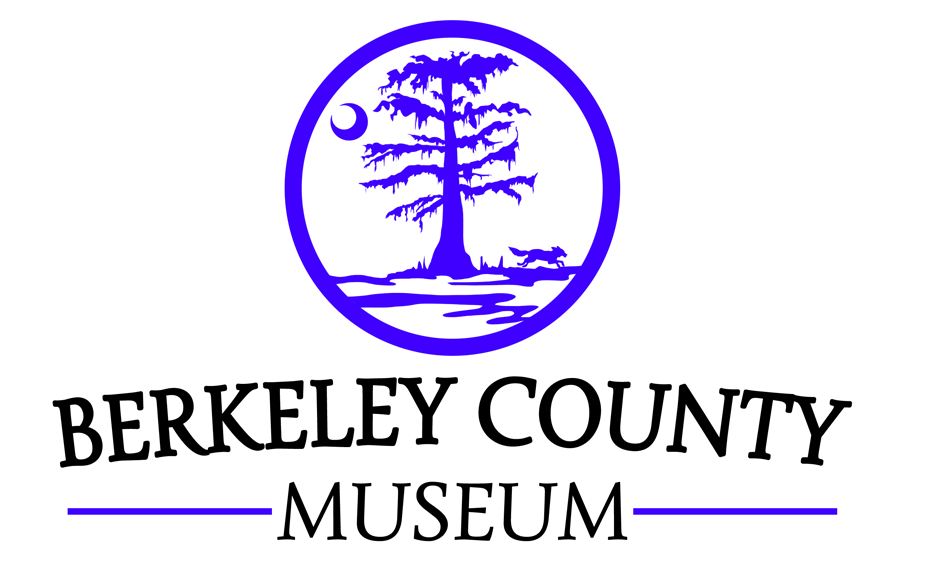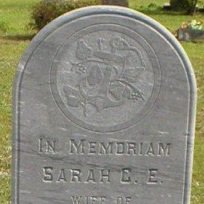Throughout Berkeley County, grave markers are carved with meaningful symbols. While we will never know what the families or artists intended when designing these stones, the symbols shown below have a long history of use across the Western world. Below are just a few Berkeley County examples. Click the grave marker image to visit the FindAGrave page for that person.
Paul Mazyck’s (ca. 1703-1749) slate grave marker in Black Oak Cemetery is one of the oldest legible in the county. The hourglass on the left of the marker represents the quick passing of time; the winged person, leaning on the hourglass, perhaps Death personified, was common on early 18th-century tombstones like this one. Next to the scythe is an ouroboros (described below). Curiously, while three bones are carved on the stone, there is no skull to make a skull-and-crossbones. Columns bound the marker's text; whole columns like these often mean a life well-lived.
The snake eating its tail, also known as an ouroboros, is seen on the marker of John White (1764-1838) found in Biggin Cemetery. An ouroboros symbolizes the circle of life and death, the endless cycle of creation and destruction. This symbol has been in use for thousands of years.
Carved on the gravestone of George Lynes, senior (1807-1870) is a cross and a crown. This Christian symbolism represents “the unfading crown of glory” (1 Peter 5:4) to be received in heaven. It may also represent the deceased’s victory over death through Christ. This marker is in Saint James Chapel of Ease Cemetery.
The grave marker for Sarah Walling (1834-1902) in Groomsville Baptist Church Cemetery displays two pieces of grave symbolism. An anchor means hope and steadfastness. Ivy is an evergreen, often used to symbolize remembrance or everlasting love.
A pair of shaking hands is seen on the gravestone of Robert R. Driggers (1866-1928). Handshakes may symbolize a final farewell (often between husband and wife) or a welcome to eternal life. This marker is in Salem Baptist Church Cemetery.
Lillie Phillips (1863-1886) was only 22 years old when she died and was buried in Berea United Methodist Church Cemetery. The broken column on her gravestone represents life cut short. The ivy motif mentioned above is also used.
Flowers on gravestones have many meanings. Flower symbols can mean the beauty and fragility of life or the flourishing of the soul in heaven. The flower on the marker of Reverend E.R. Washington (1840-1894), in Zion Cemetery, appears to be a daisy. Daisies are more commonly seen on children's graves to represent innocence, but they may also symbolize gentleness or purity in adults.
Like the daisy shown above, a lamb is most common on the grave marker of a child. As a symbol, lambs represent innocence, purity, and sacrifice. Addington Jones (1925-1926) is buried in Saint John’s Baptist Churchyard.
A willow tree was one of the most popular 19th-century gravestone symbols. The willow may represent grief, but also the immortality of the afterlife. A willow and two gravestones are seen on the marker for Lamb Stevens (1766-1868) at Cherry Hill Cemetery.
The gravestone of Sallie Brown (1886-1907) has a carving of a flower and an oak leaf. Oak leaves and acorns were popular symbols, representing firmness and strength. The flower may be a tulip, which symbolizes eternal life or rebirth. This marker is found in Wesley A.M.E. Church Cemetery.











